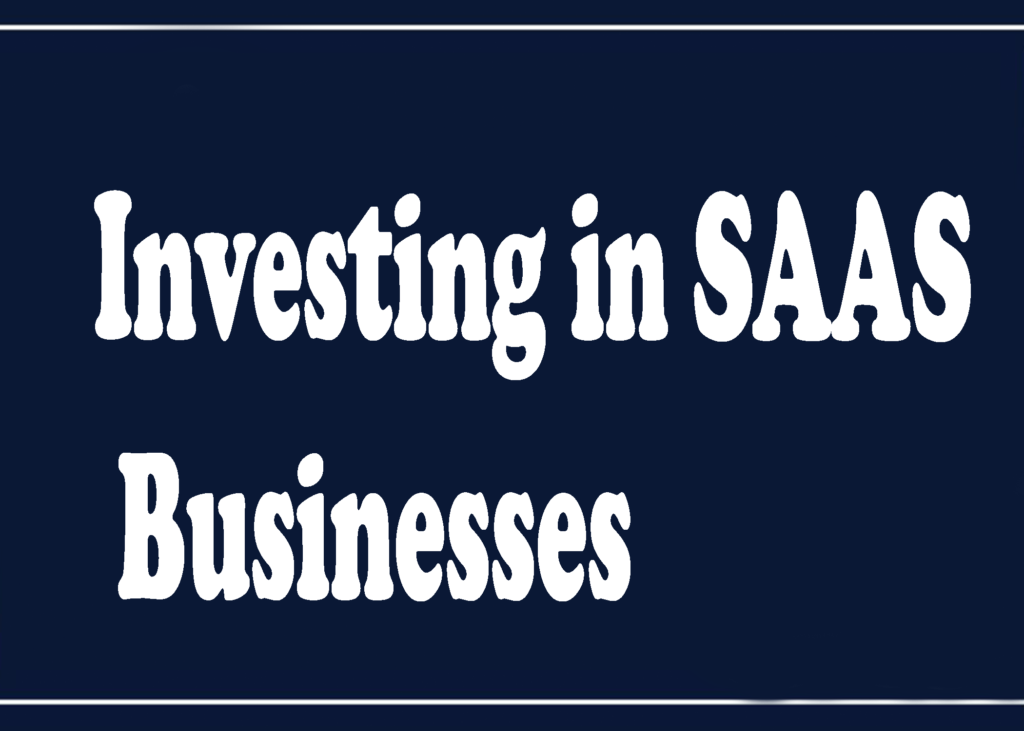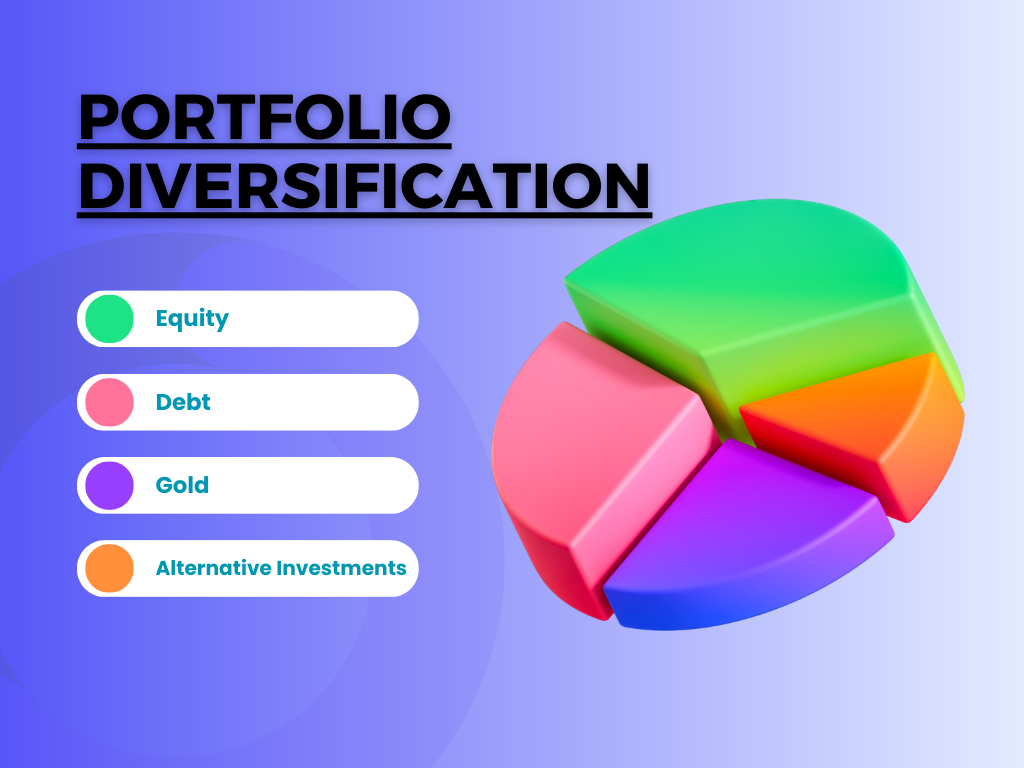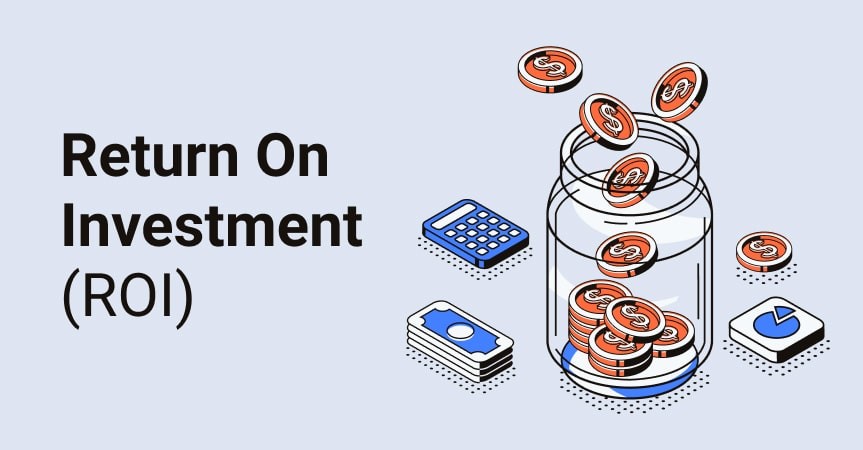Investing in SaaS businesses is becoming an increasingly attractive proposition for savvy investors. Why? Because the Software as a Service (SaaS) market was valued at $251.17 billion last year, and it’s projected to skyrocket to $883.34 billion by 2029.
Taking risks is necessary to capitalize on the growth potential of the SaaS market, which has seen its value skyrocket from $251.17 billion last year to an estimated $883.34 billion by 2029.
“Only those who will risk going too far can possibly find out how far one can go.”This quote from T.S Eliot encapsulates the adventurous spirit required when investing in high-growth sectors like SaaS.— T.S Eliot
The Allure of Investing in SaaS Businesses
Imagine stepping into the rapidly growing world of Software as a Service (SaaS) businesses, an industry that’s projected to explode from $251.17 billion last year to an astounding $883.34 billion by 2029 according to Fortune Business Insights. The allure? It’s not just about the impressive market size.
Let’s talk scalability and profitability with SaaS companies.
Innovating is essential when it comes to investing in either SaaS startups or well-established companies. These ventures operate on scalable business models, allowing them to generate high returns without significant additional costs involved, unlike traditional startups which often face steep upfront investments along with variable expenses for each new customer acquisition or product sold.
The Scalable Business Model of SaaS Companies
Dive deep into how these software companies work – they’ve mastered the art of scaling their operations efficiently. After initial development expenses are covered, every new subscription adds directly to the company’s profitability with minimal impact on operating costs. This model enables steady recurring revenue streams while providing flexibility for customers who prefer not to have long-term commitments associated with purchasing goods outright. Thus, ensuring growth potential and competitive advantage through innovation within their industry niche. They continuously update their offerings based on user feedback and technological advancements to stay ahead of the competition and keep adding value to existing customers while attracting new ones all the time.
Growth Potential and Competitive Advantage through Innovation
Moving forward, let us take the example of renowned CRM solutions provider Salesforce. The platform has been able to evolve its suite of services, catering to diverse needs across different industries, thereby ensuring sustained success over the years since its inception. Such continuous innovation ensures higher retention rates, resulting in stable and predictable revenues, making it attractive to prospective investors looking towards long-term gains. What more could you ask for? In essence, this paints a clear picture of why SaaS businesses present a lucrative opportunity due to their scalable models and growing market sizes, among other factors. Right now may be the perfect time to start considering investment
Key Takeaway:
Investing in SaaS businesses is a potentially lucrative move, given their scalable models and impressive market growth. These companies offer high returns with minimal additional costs, steady recurring revenue streams, and competitive advantages through constant innovation. Plus, they’re projected to boom from $251.17 billion to an astonishing $883.34 billion by 2029.
Assessing Potential SaaS Investments
The choice to invest in the quickly expanding realm of Software as a Service (SaaS) firms should be made with thorough thought and comprehensive examination. The allure of high returns can often overshadow important factors such as understanding the company’s growth potential, its financial performance, annual recurring revenue (ARR), customer acquisition cost (CAC), and assessing the overall market size.
Digging Deeper into Key Metrics for SaaS Investing
Gaining insight through Monthly Recurring Revenue (MRR): This metric offers investors an overview of predictable income generated by a business on a monthly basis from its subscription model. It’s vital when evaluating investment decisions within this sector.
Another crucial factor to consider is the churn rate, which measures how many customers stop subscribing over time. A low churn rate indicates satisfied customers who see value in using your software product or service regularly; however, if it’s increasing without valid reasons like changes in pricing structure or competitive landscape shifts – alarm bells may start ringing.
Moving beyond these metrics are others equally essential: Customer Lifetime Value (CLTV) and Gross Margin. Investopedia defines CLTV as the estimate of how much profit one customer will bring throughout their relationship with your business, while gross margin reveals what percentage of sales revenue remains after subtracting all direct costs associated with producing goods sold.
The importance lies not just in knowing these key metrics but also in being able to understand them well enough so you can make sound investment decisions based on current trends both within target markets as well as the wider industry context. Remember, knowledge equips power in navigating the complex world of investing. Never underestimate the importance of conducting thorough due diligence before committing capital, especially in volatile sectors like technology where rapid innovation and constant disruption are norms rather than exceptions.
Key Takeaway:
Investing in SaaS businesses requires careful consideration and extensive research, focusing on key metrics like growth potential, financial performance, ARR, CAC, and market size. Understanding MRR, churn rate, CLTV, and Gross Margin is crucial for sound investment decisions. Remember: knowledge is power – thorough due diligence can’t be underestimated.
Unraveling Trends in SaaS Investing
As SaaS companies provide a unique investment opportunity due to their scalability, expanding market size, and reliable income streams, investing in them is becoming increasingly popular. These companies offer an attractive investment opportunity due to their scalable business models, growing market size, and recurring revenue streams.
Artificial Intelligence and Machine Learning Take Center Stage
Innovation drives growth potential for these firms. Integrating AI and ML technologies into their operations, SaaS companies are optimizing processes for improved financial performance. By incorporating these technologies into their operations, SaaS companies are creating efficiencies that translate directly to improved financial performance.
Predictive analytics capabilities enabled by ML algorithms allow them to forecast trends or identify issues before they become problems – giving them a competitive advantage over traditional startups. AI also powers automation, which can streamline processes while enhancing customer experiences – key considerations when evaluating a company’s profitability.
Focusing on Niche Markets: A Smart Move?
Savvy investors have noted another trend among successful SaaS ventures – targeting niche markets rather than trying to be all things to all people. This strategy has proven effective because it allows firms like Pipedrive to differentiate themselves from competitors while delivering high-value services tailored specifically towards unique client needs effectively.
A Shift Toward Customer Experience
Another notable shift within the sector focuses squarely on improving user experience. Rather than focusing solely on product development, this approach recognizes that retaining existing customers costs less than acquiring new ones. As such, significant investments are being made in areas like streamlining workflows, offering exceptional support services, etc., aimed at ensuring users enjoy seamless interactions with products. This focus not only improves customer satisfaction but boosts annual recurring revenue too.
Investing in SaaS businesses? Discover the power of AI & ML, niche targeting, and customer experience trends. Unlock profitable potential with scalable models and recurring revenue streams. #SaaSInvesting #AIandMLClick to Tweet
Key Considerations When Investing in SaaS Companies
In the world of investment, due diligence is key. This holds true especially when you’re considering putting your money into a Software as a Service (SaaS) company. You’ll need to get familiar with factors like the market landscape, financial projections, and growth potential.
Evaluating the Financial Performance of Potential Investments
The journey towards understanding, if an investment will pay off, begins by examining its profitability indicators. Two such metrics that hold significant weight are Annual Recurring Revenue (ARR) and gross margin.
Annual Recurring Revenue: ARR serves as an important yardstick for measuring how much revenue can be expected from yearly subscriptions alone – making it particularly relevant for SaaS businesses that typically operate on subscription models. ProfitWell’s explanation gives us more insights about this metric.
Gross Margin: This is calculated by subtracting the cost of goods sold from total revenue, then dividing the result by total revenue. A high gross margin suggests efficiency in operations and pricing strategies – both crucial elements contributing to a company’s profitability.
Gauging Market Landscape & Growth Potential
To make informed decisions while investing in SaaS companies, investors must understand their chosen industry inside out: knowing who the competitors are, what trends dominate, etc., all form part of this process. CB Insights’ report on SaaS Trends offers valuable insight into these considerations. In addition to analyzing current performance metrics, it’s also vital to evaluate future prospects. One way could be studying the customer acquisition rate versus churn rate – if new customers outnumber those leaving over time, chances are good for expansion opportunities. Another approach might involve keeping tabs on plans related to product development or entry into new markets; either move has the potential to increase recurring revenue streams down the line.
Key Takeaway:
Investing in SaaS companies requires thorough due diligence, including understanding the market landscape and evaluating financial performance indicators like Annual Recurring Revenue (ARR) and gross margin. Additionally, assessing future growth potential through customer acquisition rates or product development plans can provide valuable insights into a company’s profitability prospects.
The Role of Venture Capital in Boosting SaaS Startups
Venture capital is often the spark that ignites SaaS startups and helps them reach their full potential, providing not only financial support but also valuable guidance and an expansive network. These investment powerhouses provide not only crucial funding but also strategic insights and an expansive network – all key ingredients for success.
Fueling Growth: The Power of Venture Capital
Innovation thrives when financial constraints are lifted. This is where venture capital steps in, providing software companies with sufficient funds to accelerate their product development cycle. With this monetary backing, they can invest heavily in research and development without being hampered by immediate profitability concerns.
A compelling product-market fit signifies that there’s substantial demand within its target market for what the startup has to offer – a strong indicator of long-term success. Intellectual property rights add another layer to this equation, creating a protective barrier around the company’s offerings thereby increasing investor appeal.
Venture capitalists don’t just bring money; they come equipped with industry expertise and invaluable connections too. They help shape business strategies, and assist in talent acquisition efforts among other things which play a pivotal role while navigating the competitive landscape.
The existing customer base serves as proof-of-concept validating real-world utility and acceptance thus solidifying confidence amongst investors regarding recurring revenue streams and scalability aspects.
In essence, venture capital enables software companies to overcome traditional startup hurdles, accelerating them onto a path leading toward sustainable growth.
Venture capital fuels #SaaS startups, propelling growth with funds for R&D and strategic insights. It’s not just about money – it’s about overcoming hurdles to achieve sustainable success. #Investing #VCClick to Tweet
Understanding the Risks of Investing in SaaS Businesses
In any investment decision, understanding potential risks is as important as assessing growth potential. This holds true when investing in SaaS businesses too.
Navigating Market Volatility and Competitive Landscape
The world of software companies is marked by constant evolution and change. A seemingly stable market landscape can be disrupted overnight with new entrants offering innovative solutions or existing giants like Microsoft or Amazon Web Services (AWS), venturing into niche markets.
This dynamism demands investors stay abreast with industry trends, monitor competitive movements closely, and factor them into their investment decisions for long-term success.
SaaS startups typically rely on monthly recurring revenue streams from subscriptions which are susceptible to economic fluctuations. In times of downturns, customers may cut back spending leading to reduced revenues for these businesses.
Hence it becomes imperative that while evaluating a company’s profitability, investors also consider broader economic indicators such as GDP growth rates or consumer confidence indices which could impact customer spending patterns.
Tackling Regulatory Changes & Cybersecurity Threats
A key consideration when investing in the SaaS industry involves staying updated about regulatory changes globally since data privacy laws like GDPR in Europe or CCPA in California can significantly affect how a SaaS business operates. Moreover, cybersecurity threats pose an ongoing risk requiring companies to manage compliance effectively before making investment decisions.
Navigating the dynamic landscape of SaaS investments? Stay ahead with a keen eye on market volatility, economic indicators, regulatory changes & cybersecurity threats. #SaaSInvestments #MarketTrendsClick to Tweet
Conclusion – Investing in SaaS Businesses for Long-Term Success
The attraction of SaaS businesses as an investment opportunity is undeniable. With their scalable business models, increasing market size, and predictable recurring revenue streams, they offer investors a promising pathway to long-term success.
A Scalable Business Model: The scalability inherent in the model of SaaS companies allows for significant returns on investment without massive additional costs. This feature stems from the nature of software products that can be developed once and sold repeatedly, leading to high profitability over time.
Predictable Revenue Streams: Another advantage offered by these businesses lies in their ability to generate consistent income through monthly or annual subscriptions from existing customers. Unlike traditional startups where revenues may vary dramatically, this predictability offers both entrepreneurs and investors increased certainty when forecasting future financial performance.
Growth Potential & Market Size
SaaS companies also present considerable growth potential due to our ever-increasing reliance on digital solutions across various industries worldwide. As more sectors embrace digitization at an accelerated pace, there’s a vast untapped market opportunity ripe for exploration by savvy investors seeking lucrative opportunities within this growing industry.
This trend towards digitization isn’t slowing down either, with projections indicating substantial expansion within the sector going forward into 2023 and beyond.
Risks & Considerations
However attractive investing in SaaS might seem, it’s essential not to overlook associated risks such as changes in the competitive landscape and regulatory shifts, which could impact a company’s profitability and long-term growth prospects.
Investors need to thoroughly evaluate key metrics like customer acquisition cost (CAC), churn rate, and gross margin, among others, to provide insight into the overall health before making any commitment.
In addition, venture capital plays a crucial role in helping accelerate the product development cycle, thus boosting the customer base and providing much-needed funds during the early stages of operation, ensuring longevity and success for the given startup.
The allure of SaaS investments, therefore, cannot be understated. Those looking for sustainable and profitable ventures amidst the evolving technological space should seriously consider them as part of their portfolio strategy.
Key Takeaway:
Investing in SaaS businesses can be a gold mine, thanks to their scalable model, predictable revenue streams, and significant growth potential. However, it’s not all rainbows and unicorns – investors must also consider risks like market competition and regulatory changes while scrutinizing key metrics for an informed decision.
Conclusion
Investing in SaaS is not only a passing fad but rather an approach to achieving enduring prosperity.
The scalable business model of these companies offers high returns without significant additional costs.
Evaluating potential investments requires thorough research and understanding key metrics like MRR, churn rate, CLTV, and gross margin.
Trends such as AI and ML technologies are shaping the landscape of SaaS investing while improving customer experience along the way.
Before diving in, consider factors like market landscape, financial projections, management team quality, and growth potential to ensure informed decisions.
Venture capital plays an important role too – funding promising startups that can accelerate product development cycles faster than traditional ones could on their own.
Risks do exist with changes in competitive landscapes or regulatory shifts, but balancing them against rewards is crucial for successful investment outcomes.
If you want to learn more about this, sign up for my newsletter.


